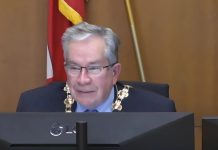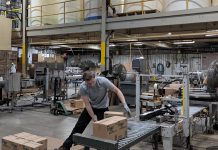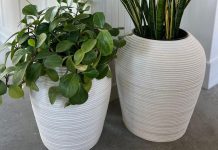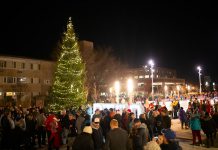
It’s a lovely day in the neighbourhood. Our city, like most cities, is a collection of neighbourhoods. This idea of a city as a collection of residential neighbourhoods comes from 19th-century urban planning. While each neighbourhood may have its distinct character, all neighbourhoods exist for the benefit of those who call them home.
What have you appreciated more in your neighbourhood now that you’ve spent an entire year of the pandemic living closer to home? When you walk in your neighbourhood, how does it benefit you? Do you have a favourite park or tree?
Trees offer our neighbourhoods many economic, environmental, public health, and safety benefits. Trees also offer myriad of social benefits.
For many years, research has confirmed the community-building benefits of trees and public greenspaces. For example, a 1998 study published in the journal Environment and Behaviour concludes “older adults who have more exposure to green common spaces report a stronger sense of unity among residents within their local neighborhood, and experience a stronger sense of belonging to the neighborhood.”
Trees enrich our collective experience and public greenspaces in particular benefit all of us.
The City of Peterborough recognizes the incredible value of our urban tree canopy. With 70 per cent of trees growing on private property, the city is keen to add to the canopy with public street trees and invites people to suggest where there may be opportunities for planting more street trees.
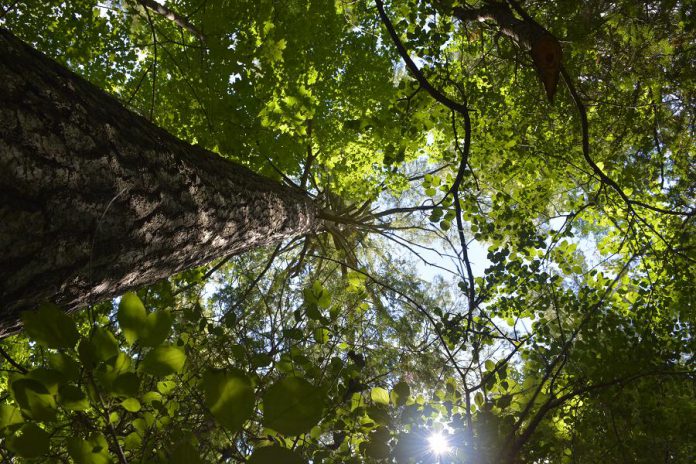
As residents, in many ways you are the experts on your neighbourhood. For example, residents who participated in GreenUP’s Sustainable Urban Development (SUN) and NeighbourPLAN programs helped identify key areas that would be suitable for planting projects. These areas can be found in the Neighbourhood Visions and SUN Action Plans.
Popular areas for planting projects include in existing greenspaces, boulevards, potential Depave sites, and expanses of private property (schools, churches, and high rises).
In addition to planting trees, residents expressed a need to care for and nurture all living things, and connect to neighbours through that shared experience of stewardship. Humans are caring creatures and tending to plants brings us joy, hope, and contributes to an overall sense of well-being.
However, not everyone is privileged enough to have a private outdoor space appropriate for growing a garden or fruit trees. Canadian statistics from 2013 reveal the most likely place people grow plants is in yards (81 per cent of the households who grow), and those who owned their home were almost twice as likely to participate in growing greens than households who rented (65 per cent compared to 34 per cent).
We need to enable people to enjoy the benefits of growing produce — even when they rent their homes and have limited private yard space. Take the Downtown Jackson Creek and Talwood neighbourhoods, for example, where 86 per cent of residents rent their homes — far above the city-wide average of 38 per cent.
In these neighbourhoods, it is especially important to support options for growing close to home as well as general access to high-quality public growing spaces. The Nourish Project (nourishproject.ca), a food-based collaborative that grew out of work initiated by the Peterborough Food Action Network, helps to coordinate a growing network of thriving resident-led community gardens.
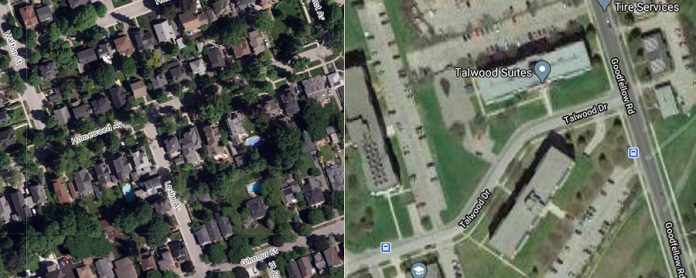
These gardens are often in what the city classifies as neighbourhood parks that are “intended to serve the close-to-home social and recreation needs of a neighbourhood.” The city hopes to have all residents live within walking distance to a neighbourhood park and has set out guidelines for the improvement of existing parks and design of future parks.
Some key ideas that were highlighted in the NeighbourPLAN Vision documents are also reflected in these city guidelines, including:
- Pedestrians should not have to cross a busy street to access a neighbourhood park.
- Parks should be appealing to all age groups, and be functional in all seasons.
- Parks may celebrate and/or acknowledge Indigenous placemaking/history.
These guidelines and others are found in the City of Peterborough’s Assessment of Parks and Open Spaces document from 2019. This assessment informs municipal staff of the current state of existing parks and open spaces in Peterborough and makes recommendations that “will improve access to and quality of the city’s existing and future parkland.”
With close-to-home on our minds, neighbourhood parks stand out as an essential element of a neighbourhood. The findings reveal that many areas in Peterborough fall below the recommended standard for access to a neighbourhood park or greenspace.
Not all residents have easy access to parks and high-quality and accessible greenspaces, so it is important that we look for creative ways to bring the benefits of growing and being with greenery into our homes.
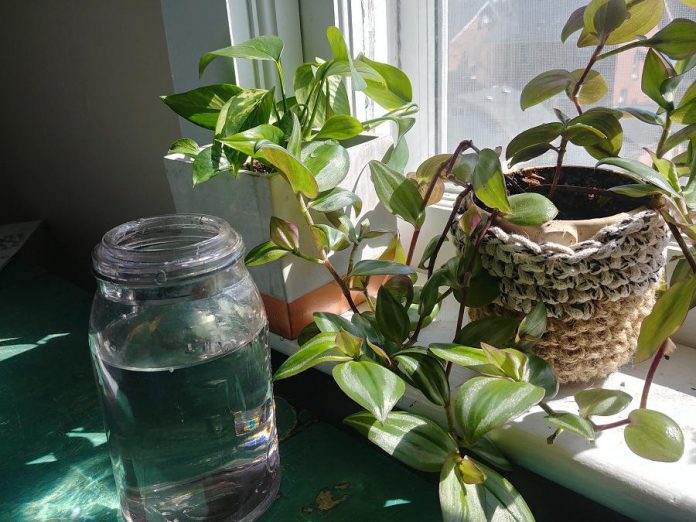
GreenUP and Nourish are working forward with residents in the NeighbouPLAN and SUN neighbourhoods to explore how to advance the visions and action plans to grow good things in these communities and across the city.
If you are interested in learning more about community growing projects, please get in touch with Laura Keresztesi at laura.keresztesi@greenup.on.ca and Jill Bishop at growing@nourishproject.ca.
This work is supported by grants from the Community Foundation of Greater Peterborough’s Building Communities Fund and by the Government of Canada’s Emergency Support Fund, administered through the United Way Peterborough & District.



